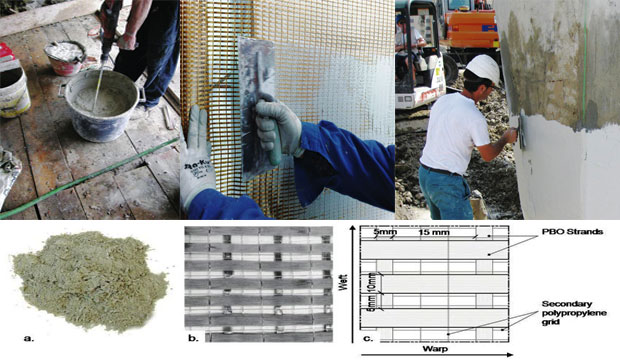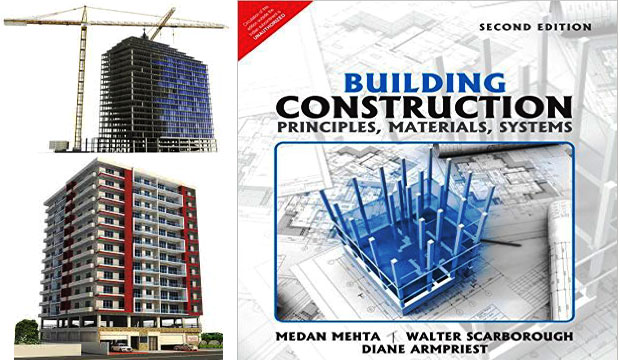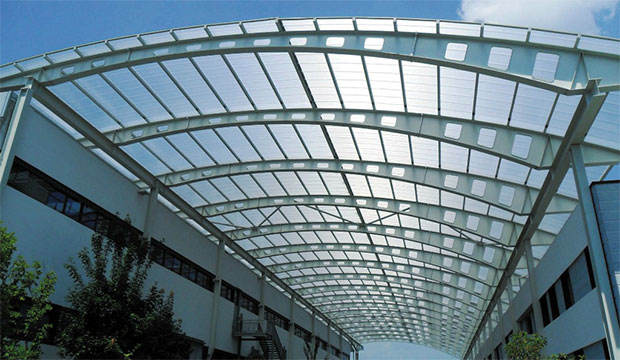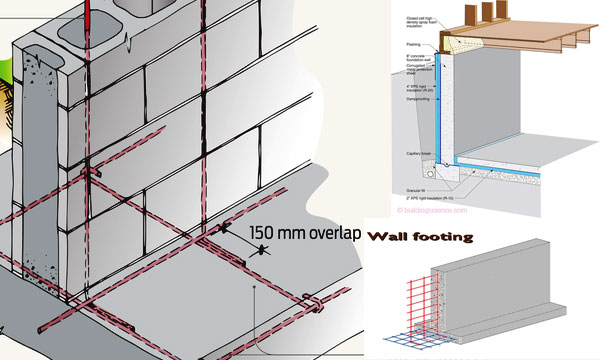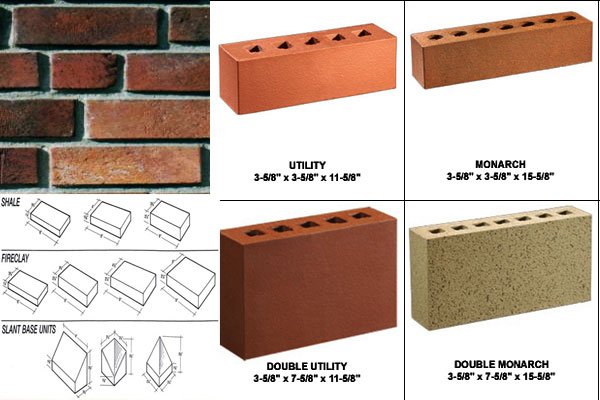The construction professionals should have good knowledge on the types of walls as they play an important role for developing a wall.
Based on the types of walls, the walls must be built with the intension of supporting or partition. Walls are considered as the most vital element of the building. The most vital aspect of the walls are to encircle or to distribute space of the building. Walls offer privacy, safety as well as safeguard the building from scorching sun, heat, rain and cold. Walls give support to the roofs and floors.
Various characteristics of walls :-
(i) The walls must have been strong.
(ii) It should contain strength and durability
(iii) The walls should contain strong fire resistance capability.
(iv) The walls should have weather resistance capacity.
(v) The walls must be thermal and sound insulated.
Walls are considered as the vertical load bearing member. The width of the walls surpass four times of the thickness.
Different types of walls :-
1.Load Bearing Walls
2.Non-Load Bearing Walls
1.Load Bearing Walls:-
These types of walls are developed to bear super-imposed loads, other than their own weight. The load bearing walls are categorized into following types of walls.
(i)Solid Masonry Walls –
These walls are constructed with separate blocks of materials like bricks, concrete blocks, stones. It is developed with horizontal courses as well as cemented the materials through suitable mortar. In solid masonry walls, the walls are built in concerning the similar type all over its thickness.
(ii)Cavity Walls
These types of walls contain two leaves, in which each leaf is formed with structural units and disjointed through a cavity and connected together with metal ties to make sure that the two leaf performs as one structural units.
(iii)Faced Walls:-
In these types of walls, the facing and backing are supported with two different materials which are merged together to guarantee common action under load.
(iv)Veneered Walls:-
In these types of walls, the facing is affixed to the backing but is not attached so that they cause a common action under load.
2.Non-Load Bearing Walls:-
These walls only bear their own load. They are usually applied as partition walls. The external non-load bearing walls, associated with frame structure, is known as panel walls. It is again categorized with various types of walls :-
(i)Partition Walls :- Partition walls belong to the narrow walls which are developed to separate the space in the building into rooms or areas. They range from either load bearing walls or non-load bearing walls.
(ii)Party Walls :- Party walls refer to those types of walls which isolates adjacent buildings pertaining to various owners or occupied by different persons.
(iii)Separating Walls :- These walls divide diverse occupying thing inside the similar building.
(iv)Curtain Walls :- These types of walls are termed as self supporting walls which do not bear no other vertical loads but depending on lateral loads.
(v)Cross Walls :- It is the specific form of load bearing walls in which the loads are supported with the internal walls.
~~~~~~~~~~~~~~~~~~~~~
Published By
Rajib Dey
~~~~~~~~~~~~~~~~~~~~~
